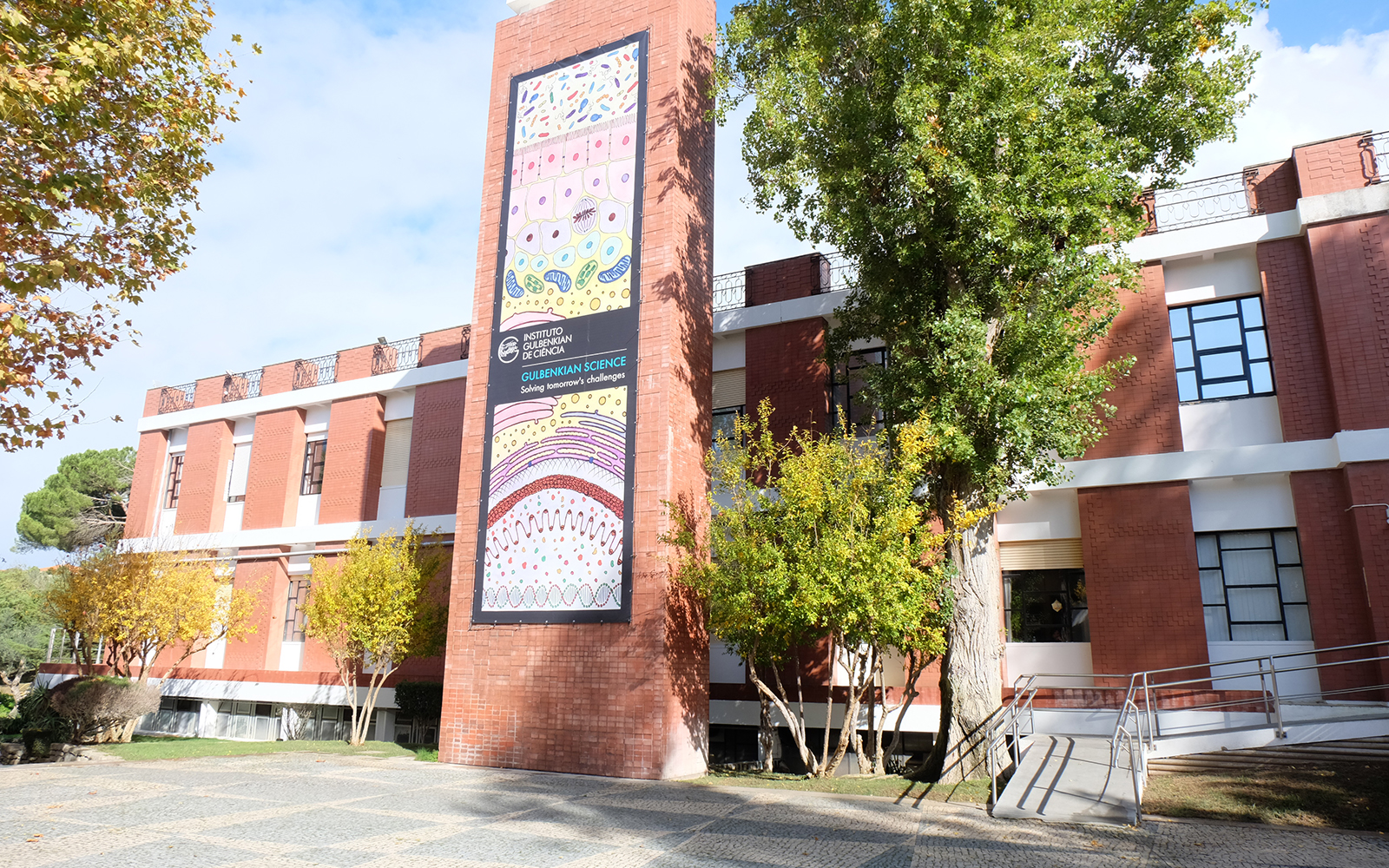Parallel evolution of neural microexons in insects and vertebrates
Event Slider
Date
- / Cancelled / Sold out
Location
Virtual RoomSeveral seminars are held weekly at the Instituto Gulbenkian de Ciência, an initiative that aims to bring together all researchers around the topics under discussion.
The sessions, with internal researchers or guests, contribute to stimulate the open and extremely collaborative culture of the IGC.
You can read the abstract of this seminar to learn more about it.
One of the major challenges for the development of complex multicellular organisms is to generate dozens of cell types from a single genomic sequence. Through differential processing of introns and exons, alternative splicing can produce cell type-specific protein isoforms that allow optimization of their specific cellular roles or even the emergence of novel functions. One of the most striking examples of this is provided by microexons in bilaterian neurons. These tiny exons, which can encode as few as one or two aminoacids, are switched on during neuronal differentiation and show the highest evolutionary conservation of all types of alternative splicing. Remarkably, their sharp neuronal expression depends on a single protein domain that originated in Bilaterian ancestors and that has enabled the emergence of microexon programs. Comparison of loss-of-function mouse and fruitfly models for this protein domain uncovered shared developmental defects as well as multiple lineage-specific microexon functions, which impact distinct aspects of neuronal biology in each clade.
SPEAKER
Manuel Irimia
Centre for Genomic Regulation (CRG), Barcelona

